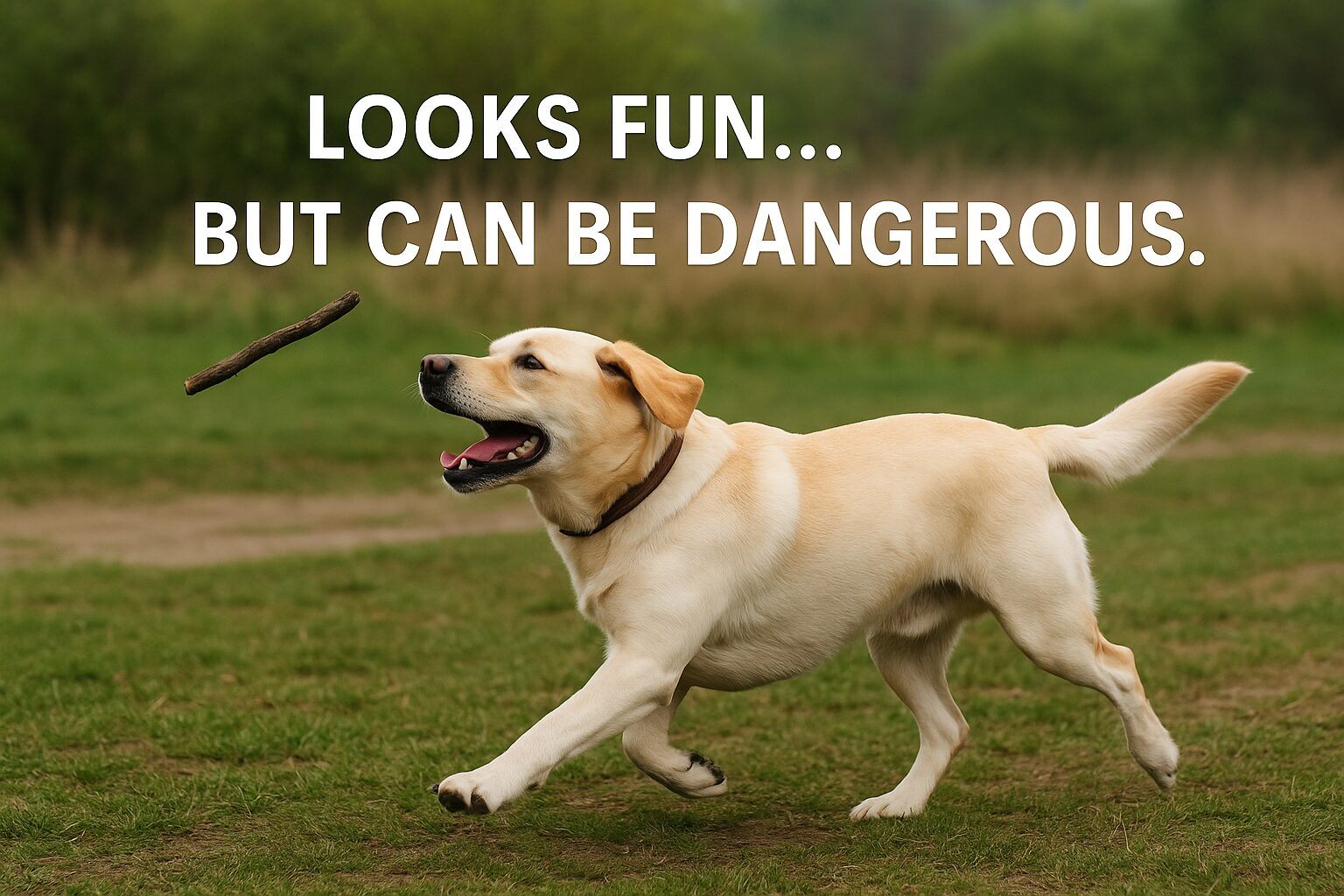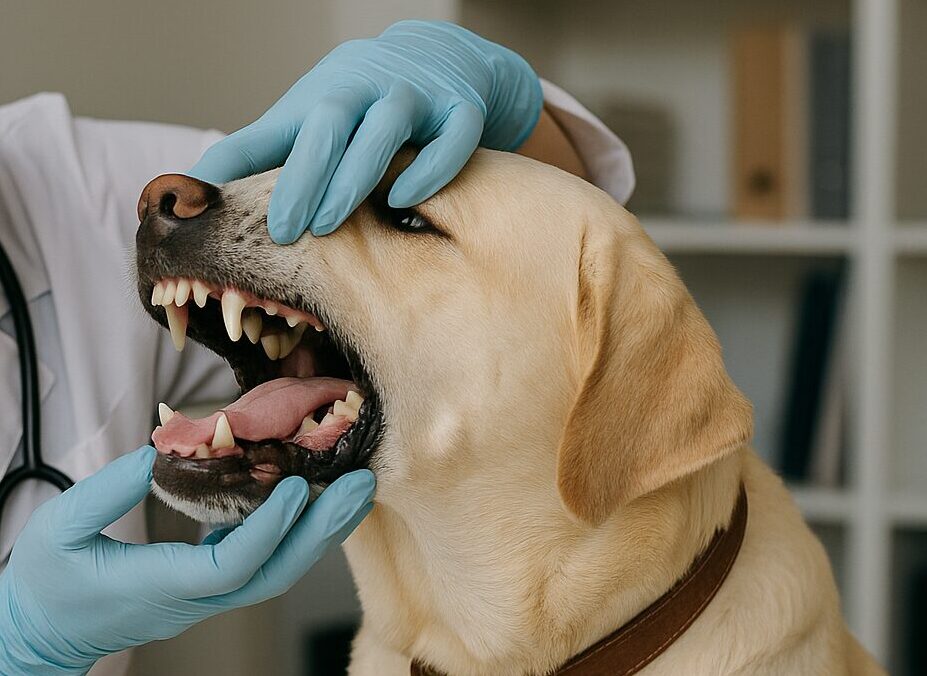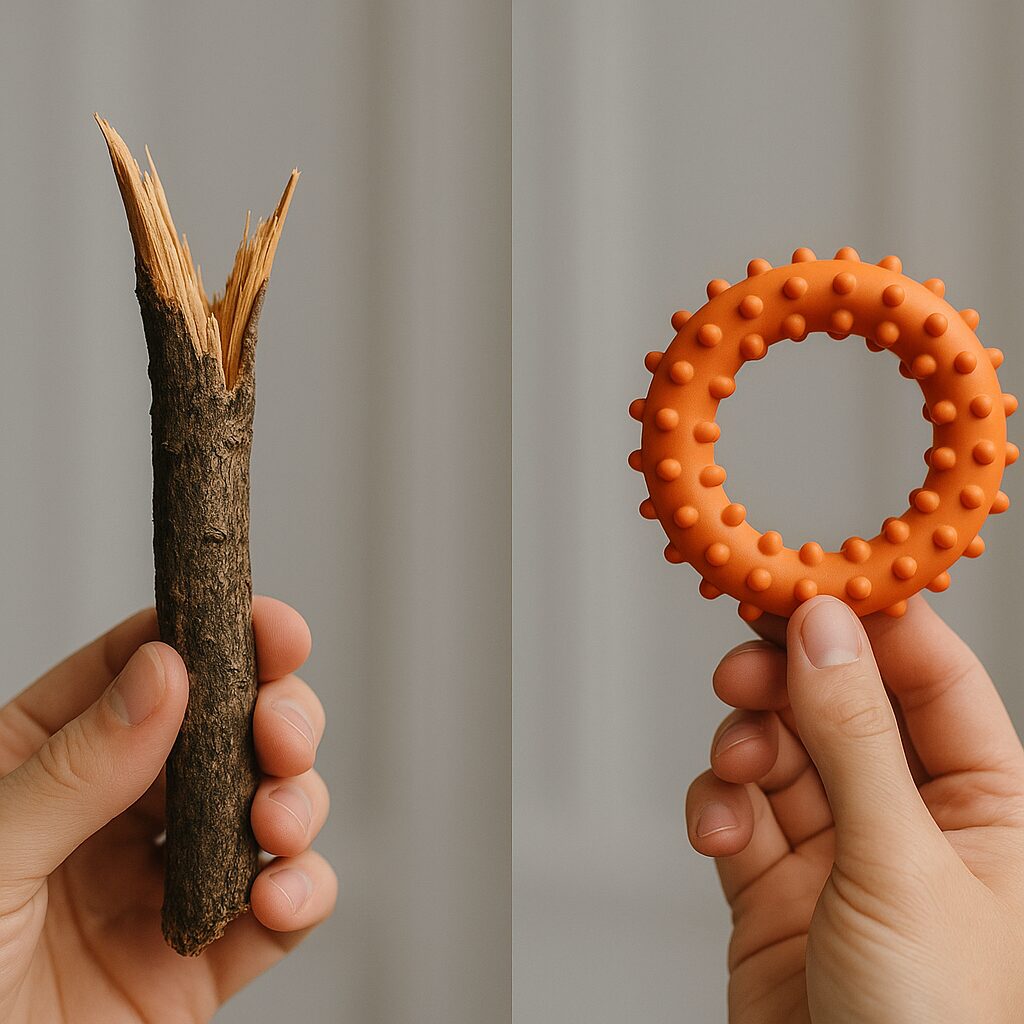
Throwing sticks for dogs
The Hidden Dangers of Throwing Sticks for Dogs: What Every Owner Should Know
For many dog owners, few things are more joyful than seeing their dog sprint after a stick, tail wagging and tongue hanging out. Fetch feels like one of the most natural games to play — simple, free, and fun. But behind this innocent pastime lies a serious and often underestimated danger. Throwing sticks for dogs can lead to severe injuries, expensive vet bills, and in some cases, life-threatening accidents.
In this post, we’ll explore why throwing sticks for dogs is dangerous, what vets want you to know, and safe alternatives that will keep playtime just as exciting — without the risk.
Why Throwing Sticks Can Be Dangerous for Dogs
It might look harmless, but sticks can cause devastating injuries. When a dog chases a stick at high speed, the combination of sharp edges, unpredictable flight paths, and sheer momentum can spell disaster.
If a stick lands upright in the ground, it becomes a spear. Dogs running full tilt can impale their mouths, throats, or even their chests. Even if the stick doesn’t land point-first, splintered wood can cause deep puncture wounds, broken teeth, or infections that aren’t visible on the surface.
Veterinarians frequently warn owners that “stick injuries in dogs” are far more common than most people realize — and many could be avoided with a simple switch to safer toys.

Real-Life Cases: What Vets See Too Often
Across vet clinics worldwide, “stick injuries” have become a sadly routine emergency. Many cases start out as a fun game of fetch that ends in panic.
A Labrador impales its throat on a splintered stick and needs surgery to remove fragments.
A Collie develops a severe abscess after a small splinter lodges in the gum and goes unnoticed.
A Spaniel runs into an upright stick, causing a puncture wound to the chest cavity.
Even when the initial wound looks minor, wood fragments can remain embedded and cause infections, internal bleeding, or nerve damage. Because wood doesn’t show up clearly on X-rays, diagnosis can be tricky, delaying treatment.
In short, one innocent throw can have life-changing consequences. Throwing a stick for a dog can lead to life changing situations.
The Main Risks of throwing sticks for dogs
Here are the most common dangers associated with stick play:
Splinters and Cuts – Broken sticks can pierce the mouth, gums, or tongue.
Impaling Injuries – A stick landing upright can cause deep puncture wounds to the throat or chest.
Infections – Wood carries bacteria and fungi from soil and water, leading to abscesses or sepsis.
Hidden Damage – Dogs hide pain well, so a small cut can mask serious internal injury.
Even if your dog seems fine after a play session, it’s worth checking their mouth and throat — and contacting your vet if you notice bleeding, coughing, or swelling.

Signs of a Stick Injury in Dogs
If your dog has recently played with sticks, watch for these warning signs:
Bleeding from the mouth or throat
Gagging, coughing, or difficulty swallowing
Drooling or reluctance to eat
Swelling around the jaw or neck
Yelping during play or when touched
Lethargy or sudden behavioural changes
If any of these appear, call your vet immediately. Early treatment can make the difference between a simple procedure and a life-threatening infection.
Safer Alternatives to Throwing Sticks
The good news? You can still enjoy fetch — safely. There are plenty of dog-friendly toys designed to replace sticks and reduce injury risks.
Here are some safe dog toy alternatives:
Rubber fetch sticks – shaped like real sticks but soft, flexible, and durable.
Tennis balls or rubber balls – always choose the right size to prevent choking.
Frisbees or flying discs – excellent for high-energy dogs and easy on the mouth.
Rope toys – great for tug and short-distance fetch games.
These alternatives are widely available at pet stores and online, and they’re made to be gentle on your dog’s mouth while providing the same fun and exercise as a stick.

What Vets and Animal Charities Recommend
Veterinary professionals and animal welfare organisations have been warning owners about the dangers of stick throwing for years. The British Veterinary Association (BVA), for example, has urged owners to use purpose-made dog toys instead of sticks, highlighting the growing number of emergency surgeries caused by wood splinters.
Their message is simple: play fetch, but play safely.
Changing Habits and Spreading Awareness
Many dog owners only learn about this issue after an accident, which is why spreading awareness is so important. Next time you’re at the park, and you see someone throwing a stick, kindly share what you’ve learned. A simple conversation — or a social media post — could prevent another dog from suffering.
If you run a dog group, blog, or rescue page, consider sharing vet-approved resources or posting about dog safety tips. The more people understand the risks, the safer our pets will be.
Final Thoughts: Play Smart, Play Safe
Throwing sticks for dogs may feel like part of a timeless tradition, but it’s one that comes with unnecessary danger. Sticks can splinter, puncture, and infect — and every year, countless dogs end up needing emergency treatment because of them.
By swapping sticks for safe, dog-friendly toys, you can protect your best friend while still giving them all the fun and exercise they crave.
So next time you’re out on a walk and reach for a stick, remember: one small choice can make a big difference. Your dog’s safety is worth it. 🐾
